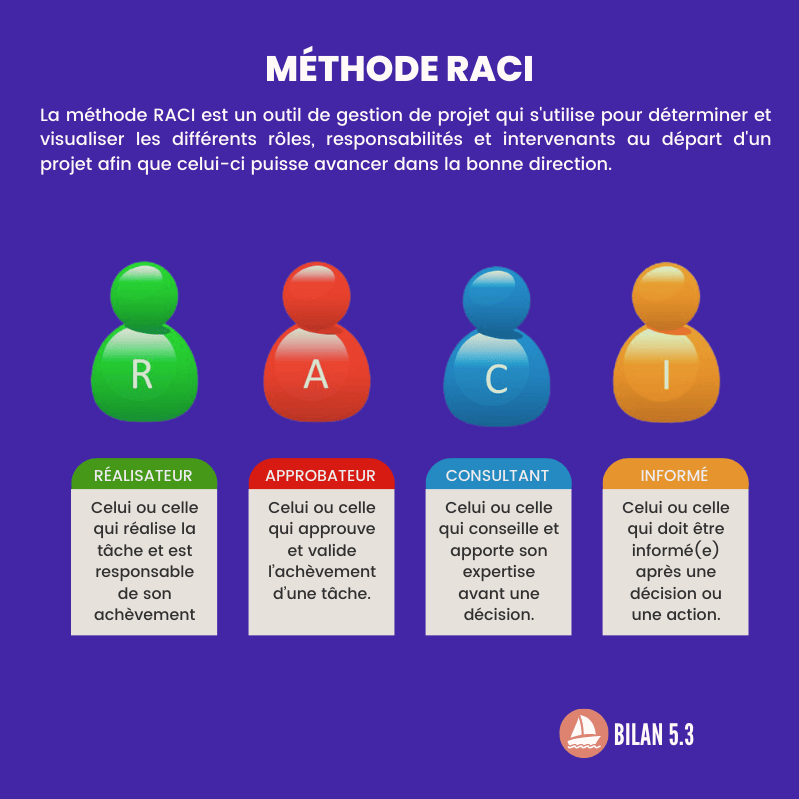Soon, doctors will be able to diagnose eye diseases by isolating biomarkers in tears.

- Tears are well suited for sample collection, as this fluid can be collected quickly.
- iTEARS could lead to a more sensitive and less invasive molecular diagnosis of various diseases (eye disorders, systemic diseases, neurodegenerative pathologies and cancer).
Crying could one day save your sight! Tears are a watery, salty liquid that runs down the outer surface of the cornea and conjunctiva of the eye. Essential for the proper functioning of the visual apparatus, this tear fluid will soon be able to be put to good use.
A rapid isolation system
Recently, researchers from the medical university of Wenzhou (China) presented, in the journal ACS Nanoa nanomembrane system that can be used to analyze patient tears. “Small nanoscale extracellular vesicles, called ‘exosomes’, present in tears allow us to study multisignatures of eye diseases”, the team said in their study.
The nanomembrane system in question was originally developed to isolate exosomes from urine and plasma. It has been modified so that it can handle the low volume of tears. The new system, called “Incorporated Tear Exosomes Analysis via Rapid-isolation System” (iTEARS), separates exosomes in just five minutes by filtering tears through nanoporous membranes.
904 proteins identified
Scientists have identified 904 proteins. Of these, 426 proteins have been discovered from dry eye disease exosomes. The authors were able to distinguish between so-called “healthy” controls and people with various types of eye diseases based on an evaluation of the extracted proteins.
Similarly, iTEARS allowed scientists to observe differences in microRNAs between patients with diabetic retinopathy and those without the eye condition. That “suggests the system could help track disease progression,” say the researchers in a statement.
















